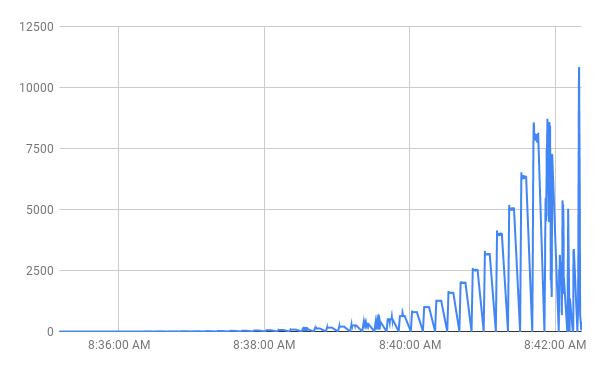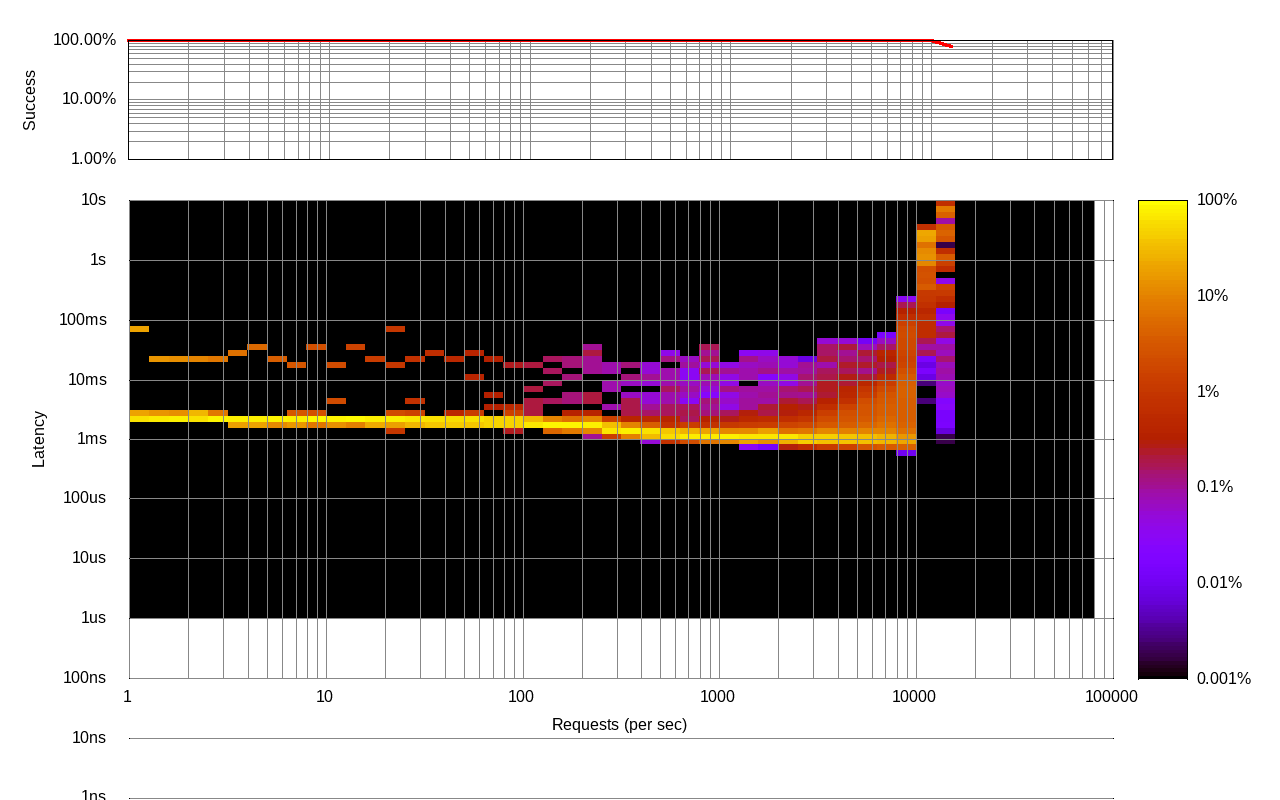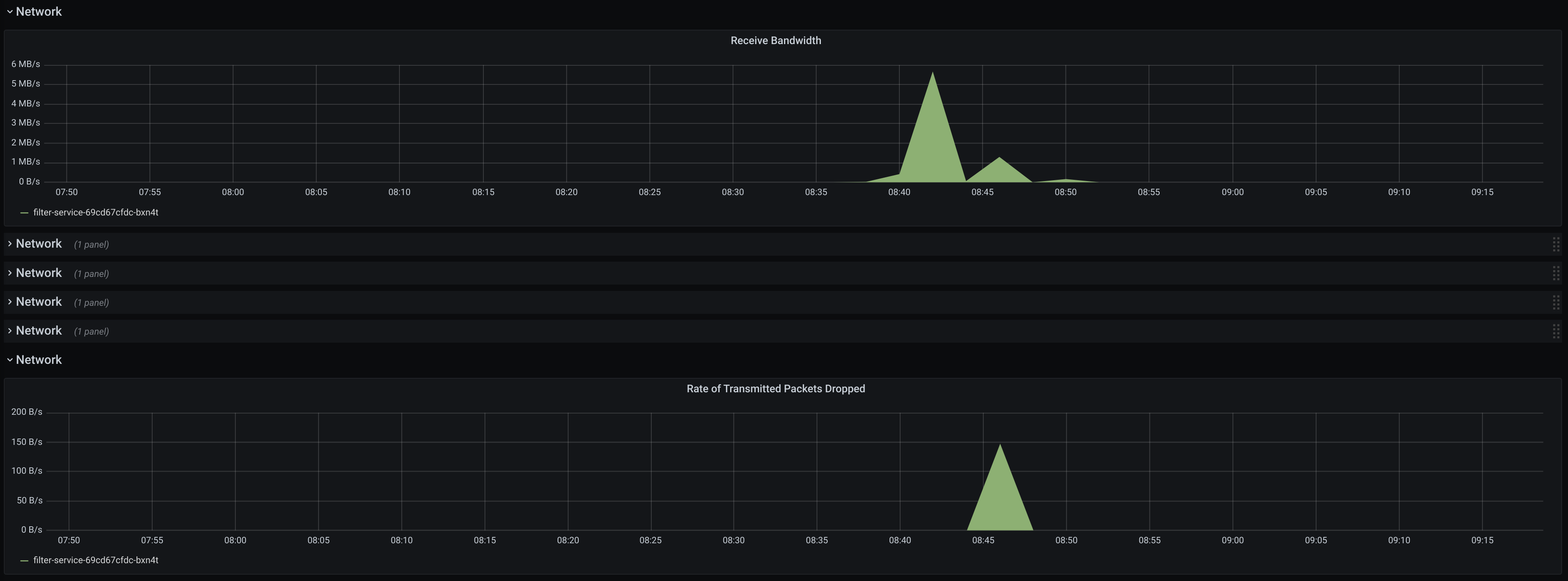This project is now archived, please go to the triggermesh/triggermesh repository where development continues.
Triggermesh Routing repository contains Kubernetes Custom Resources that are responsible for events routing inside the Triggermesh Bridges. Currently, there are two components available for routing purposes: Filter and Splitter.
Triggermesh Content Filter is an addressable Kubernetes object that filters incoming CloudEvents according to the provided expression. Filter's Specification consists of only two fields, but they are both required: the expression and the sink. Events whose content makes the result of the expression equal to "true" are dispatched to the sink. Filter's expression is a combination of Google CEL with the inline types assertion required by GJSON. Here is an example of JSON payload and the expression that access different payload's paths:
CE data
{
"id": {
"first":5,
"second":3
},
"foo": "bar",
"options": [true, false]
}Possible expression
($id.first.(int64) + $id.second.(int64) >= 8) || $foo.(string) == "bar" &&
$options.0.(bool) == true
The expression variables are defined as $.<json path>.(type), where "type" can
be any of the following:
- bool
- int64
- uint64
- double (Go's
float64) - string
Example of Filter Object:
apiVersion: routing.triggermesh.io/v1alpha1
kind: Filter
metadata:
name: filter-test
spec:
expression: $id.first.(int64) + $id.second.(int64) == 8
sink:
ref:
apiVersion: serving.knative.dev/v1
kind: Service
name: sockeyeCloudEvent will be sent to Sockeye service only if event's payload contains
id.first and id.second paths and the sum of their values is equal to 8.
The test environment consisted of three components -
load ramping
tool based on Vegeta, Filter object and CE
receiver.
Each of these components were configured to run on dedicated n1-standard-4
compute node (4 vCPUs, 15Gb RAM).
The load ramping script was configured to run a succession of attacks at different rates in periods of 5s, ranging from 1 event/sec to 79,432 events/sec (theoretical), with a payload of 2 KiB.
Filter expression that was used in the test has three concatenated conditions, only one of which matches the test payload:
($id.first.(int64) + $id.second.(int64) >= 8) || $company.(string) == "bar" ||
$0.name.first.(string) == "Jo"
Important note regarding Filter resource: the service that actually applies
filtering conditions is multi-tenant, which means that requests to the user's
Filter objects are handled by the pod in the system namespace (triggermesh in
our case). This implies that Filter performance described below will be shared
across all Filter users. If we want to get more CE throughput - both vertical
and horizontal scaling can help us achieve this.
The receiver service statistics showed that the test environment could normally sustain the load of around 8 000 events per second:
At the attack rates close to 10 000 events per second, Filter service starts to receive events delivery timeouts. Vegeta report also shows that the load rate close to 10 000 events per second is the borderline between the acceptable 100ms per request and unpredictable 1s+. Further increase in load causes the spikes in the delivery time up to 10 seconds per request which eventually triggers Receiver to stop the serving:
Prometheus monitoring data doesn't clearly point to the setup bottleneck:
Although these resource usage numbers are a bit higher if they are being
collected in real-time from the system tools (e.g. top), there is no obvious
reason that may limit Filter performance. Sometimes Filter pod starts to receive
delivery timeouts and its liveness probe starts to fail, in other cases Receiver
pod is OOMKilled, etc. As far as the current performance fits our
expectations, we can leave deeper digging and possible optimizations for
later.
Triggermesh Splitter is a simple Custom Resource that can split arrays inside an event and produce multiple CloudEvents that will consist of array items.
spec:
path: items
ceContext:
type: foo.bar.type
source: splitter
extensions:
key1: value1
key2: value2
sink:
Splitter's specification contains following fields:
- path - JSON path in CloudEvent payload where array is expected
- ceContext - CloudEvent context data to override the original event context
- sink - destination to forward resulting events
Routing can be compiled and deployed from source with ko:
ko apply -f ./config
You can verify that it's installed by checking that the controller is running:
$ kubectl -n routing get pods
NAME READY STATUS RESTARTS AGE
filter-service-77b469cf64-5b2hn 1/1 Running 0 4m30s
routing-controller-55bfb7b9b7-l82z6 1/1 Running 0 4m31s
routing-webhook-c8ffc8d88-977f8 1/1 Running 0 4m26s
splitter-service-9f49c7f88-trb9h 1/1 Running 0 4m28s
A custom resources of kind Filter and Splitter can now be created, check
samples directory.
We would love your feedback and help on these sources, so don't hesitate to let us know what is wrong and how we could improve them, just file an issue or join those of use who are maintaining them and submit a PR
TriggerMesh Inc supports this project commercially, email info@triggermesh.com to get more details.
This plugin is by no means part of CNCF but we abide by its code of conduct





